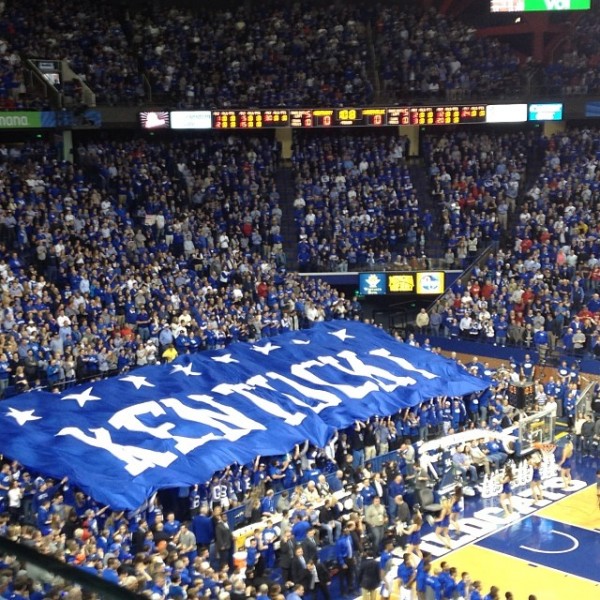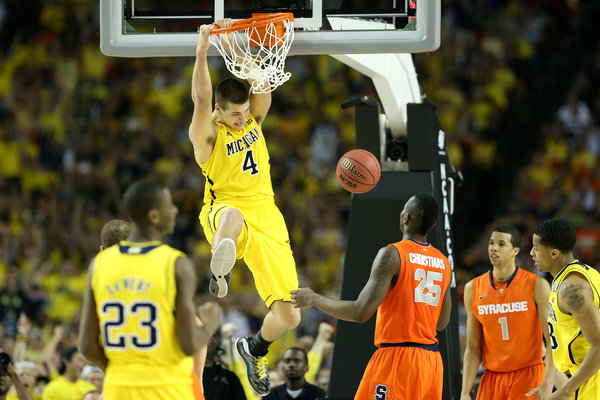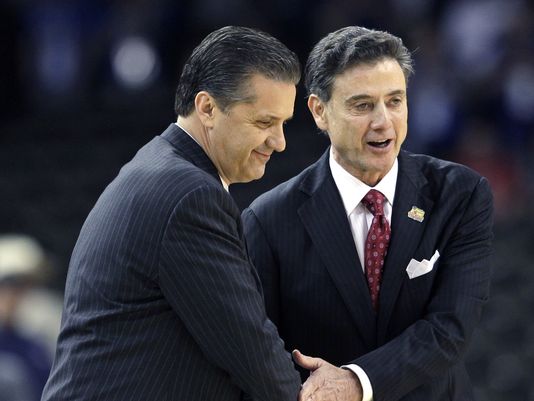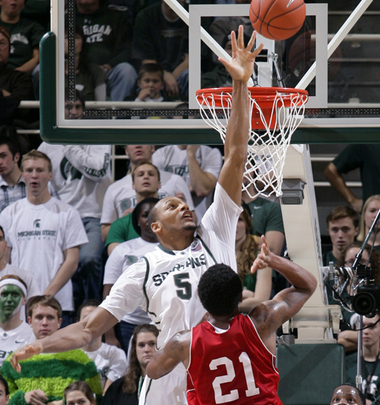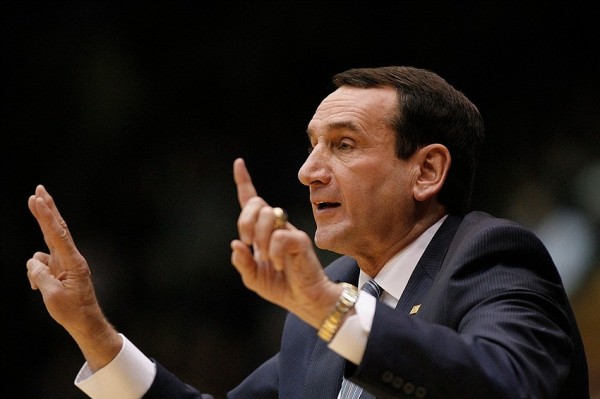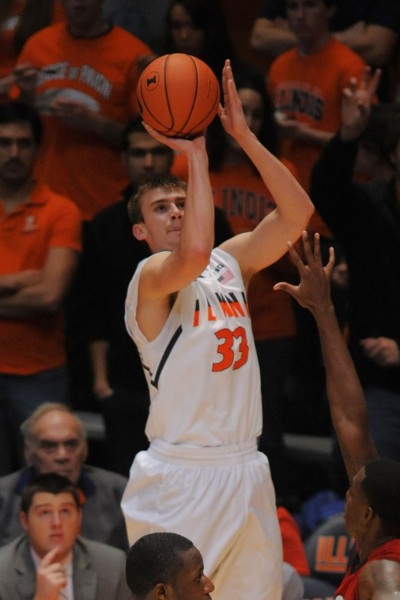Posted by Bennet Hayes on December 28th, 2013
Here’s to hoping that this week brought you plenty of holiday cheer, because it surely did not supply you (or anyone else!) with much quality college basketball. Entertaining Diamond Head Classic final aside, this week was as slow as the college basketball season gets. Don’t despair, however, because Santa has delivered a Saturday chalk-full of college hoops. Two big-time rivalry games occupy the prime real estate on this weekend’s marquee, but there’s plenty of substance, albeit understated, sprinkled throughout Saturday’s docket of action. Here’s a quick primer on the big games in Syracuse and Lexington, plus a few other worthwhile narratives to monitor on this busy Saturday.
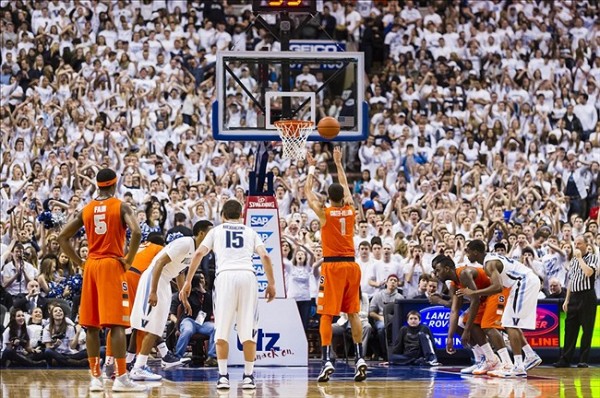
For The First Time In Over Three Decades, Syracuse And Villanova Will Meet As Non-Conference Opponents
A Couple Of Old Big East Friends
In the world of college basketball, eleven months is far from an eternity, but my, oh my; how things have changed since the last time Villanova and Syracuse locked horns! What was a Big East conference game last January will be an ACC versus (new) Big East affair today (2PM EST, CBS), and with both teams set to embark on their maiden voyages in the new leagues next week, the Carrier Dome will serve as the clinic for anyone needing one final dose of Big East nostalgia. Subplots abound in this game, but I’ll be especially interested to see how Villanova attacks the Syracuse zone. The Wildcats haven’t been a bad offensive team to this point in the season, but the Cats’ statistical breakdown on the offensive end puzzles. Villanova is 18th best in the country in two-point field goal percentage (55.1%), also shoots the ball pretty well from the stripe (72.2%), but struggles from beyond the arc (204th nationally in 3P% at 32.7%). With those splits, you’d expect Jay Wright’s team to focus their efforts inside the three-point line. So far, however, they’ve done the exact opposite – the Wildcats are 7th in the country when it comes to percentage of field goal attempts from three-point range (45.7%). Will the chucking continue against an Orange zone that begs opponents to settle for deep shots (43.1% of Syracuse opponent’s field goal attempts are threes), or can the Wildcats throw aside this bit of statistical dissonance and find a way to get quality interior looks against the zone? Remains to be seen, but expect 30,000+ to get a first-hand view of the answer.
Battle For The Bluegrass
Read the rest of this entry »
| rtc analysis
| Tagged: alabama, belmont, carrier dome, columbia, feature, florida international, fordham, george washington, georgetown, harvard, hofstra, indiana state, jay wright, Julius Randle, kentucky, louisville, mark gottfried, missouri, nc state, providence, rupp arena, st johns, syracuse, T.J. Warren, ucla, umass, villanova, wake forest, xavier
Share this story

































